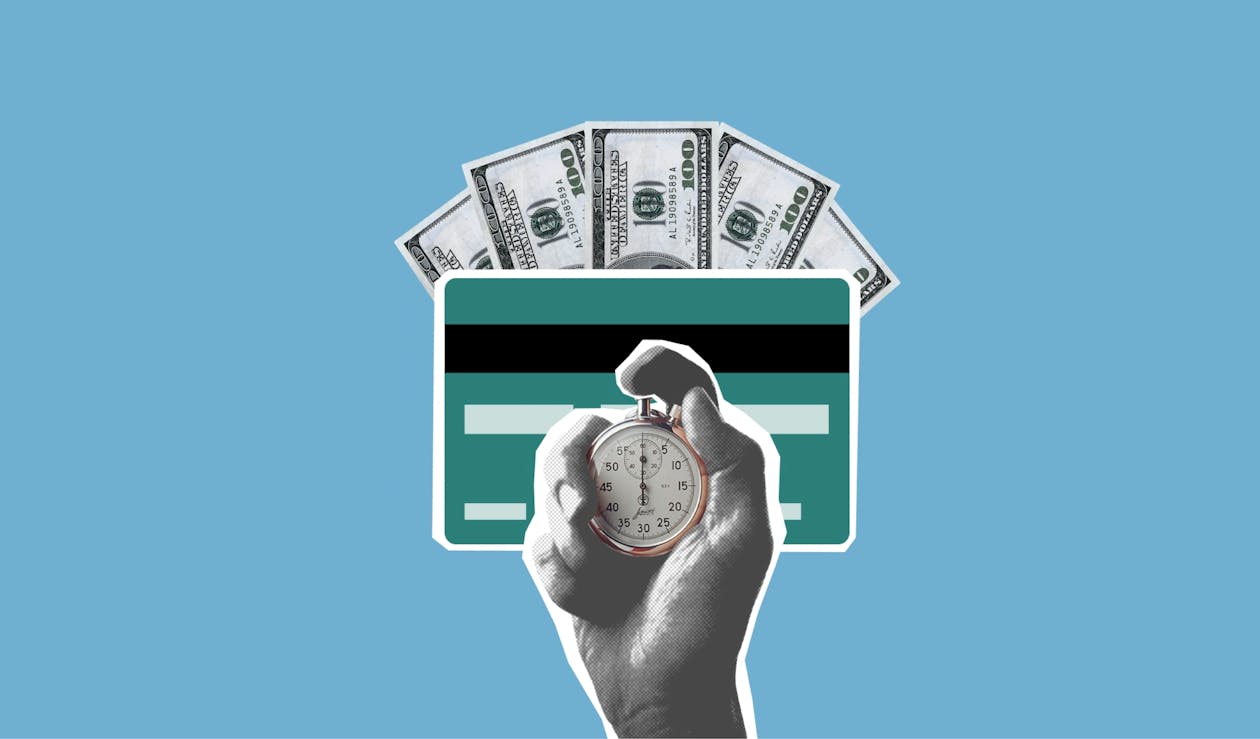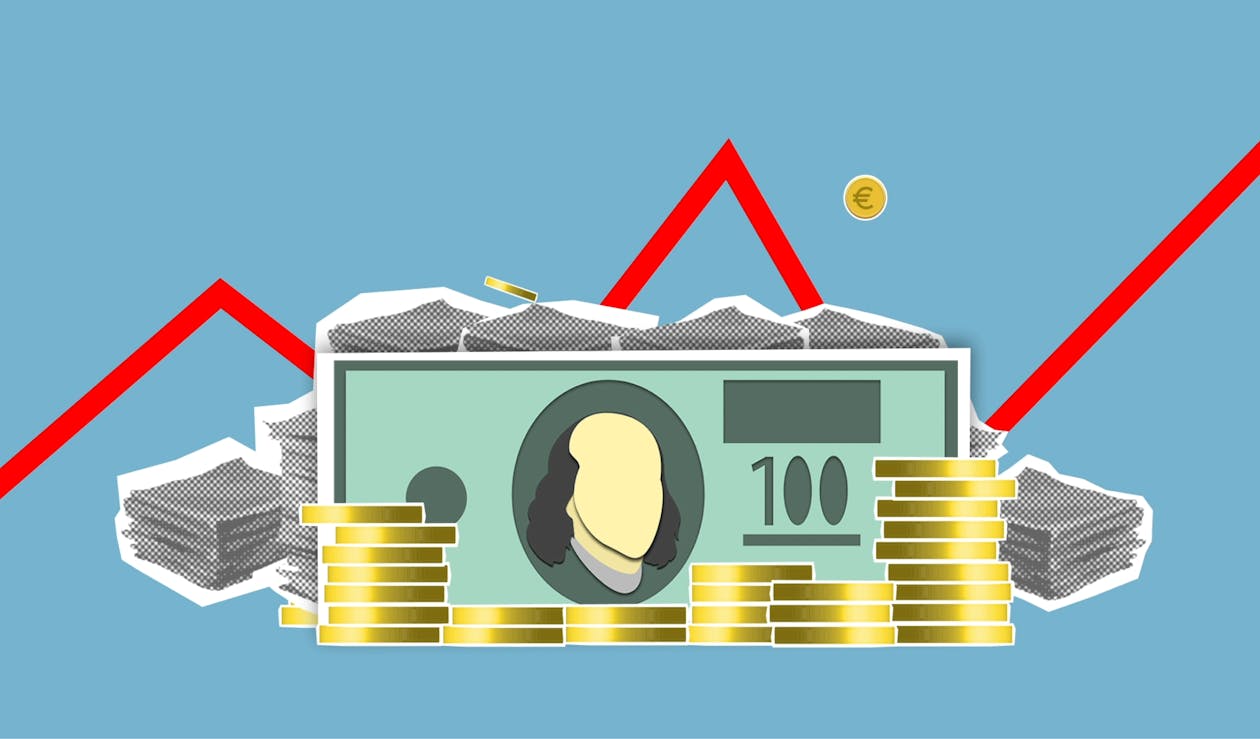Dividend Reinvestment Plans (DRIPs) Explained

Dividend reinvestment plans (DRIPs) are a powerful tool for dividend investors seeking to maximize the growth potential of their portfolios. By automatically reinvesting dividends into additional shares, investors can take full advantage of compounding and accelerate their wealth-building journey. In this article.
We’ll delve into the inner workings of DRIPs, outline their benefits, and provide guidance on how to get started with a DRIP for your dividend investments.
What are Dividend Reinvestment Plans (DRIPs)?
Dividend reinvestment plans, or DRIPs, are programs offered by companies or brokerage firms that allow investors to automatically reinvest their dividends into additional shares or fractional shares of the company’s stock. Instead of receiving cash dividends, the dividends are used to purchase more shares, which in turn generate more dividends, creating a compounding effect that can lead to significant long-term growth.
Benefits of DRIPs

- Compounding Dividends
By reinvesting dividends, investors benefit from the power of compounding, which accelerates the growth of their investment and increases the overall value of their portfolio over time. - Fractional Shares
DRIPs allow investors to purchase fractional shares, which means that the entire dividend amount is reinvested, even if it’s not enough to buy a whole share. This ensures that no part of the dividend is left idle. - Dollar-Cost Averaging
DRIPs automatically reinvest dividends at regular intervals, regardless of market conditions. This approach helps investors benefit from dollar-cost averaging, reducing the impact of market volatility and spreading the cost basis over time. - Low or No Fees
Many DRIPs are commission-free or have lower fees compared to regular stock purchases, making them a cost-effective way to grow your dividend investments. - Long-Term Focus
DRIPs encourage a long-term investment mindset by automatically reinvesting dividends and building wealth through compounding growth.
Getting Started with a DRIP

- Determine Eligibility: Check if the dividend-paying companies in your portfolio offer a DRIP program. Some companies administer their DRIPs directly, while others use a transfer agent or brokerage firm.
- Brokerage DRIPs: If your investments are held in a brokerage account, check if your broker offers a DRIP option for the stocks you own. Most major brokerage firms provide DRIP services, often at no additional cost.
- Enrollment: To enroll in a DRIP, you may need to complete an enrollment form provided by the company or your broker. Direct DRIPs may require you to be a registered shareholder, while brokerage DRIPs typically allow you to participate as a beneficial owner.
- Dividend Reinvestment Preferences: Once enrolled, you can choose to reinvest dividends for all or specific stocks in your portfolio. Ensure that your preferences align with your overall investment strategy and goals.
- Monitor and Review: Keep track of your DRIP investments and periodically review their performance. Make adjustments as needed to ensure your portfolio remains aligned with your long-term objectives.
Stay tuned to my next articles for more insights, tips, and strategies to help you succeed in your dividend investing journey.
Dividend reinvestment plans (DRIPs) are a valuable tool for dividend investors looking to maximize the growth potential of their portfolios through compounding dividends. By participating in a DRIP, you can accelerate your wealth-building journey and enjoy the benefits of long-term, passive income growth.
5 comments
Leave a reply
You must be logged in to post a comment.















[…] Dividend Reinvestment Plans (DRIPs) Explained […]
[…] Dividend Reinvestment Plans (DRIPs) Explained […]
[…] Dividend Reinvestment Plans (DRIPs) Explained […]
[…] Dividends: Reinvest your dividends to benefit from the compounding effect and accelerate your portfolio’s […]
[…] the dividends you receive from Dividend Aristocrats to purchase additional shares, either through a dividend reinvestment plan (DRIP) or by manually reinvesting the funds. This strategy accelerates the growth of your investment and […]